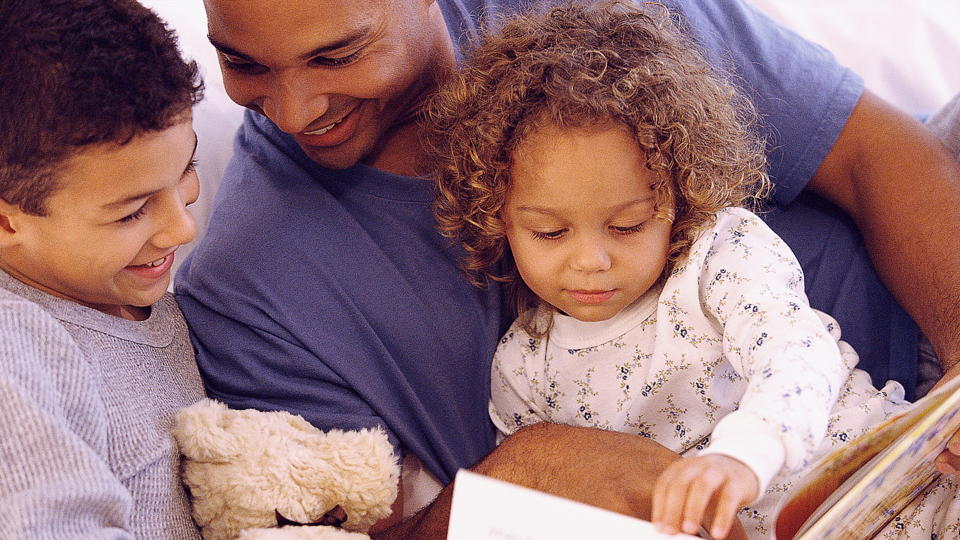Dare to dream

Reading expert Ruth Nathan shares a tribute to Martin Luther King, and her reading list to get kids up to speed on civil rights.
Martin Luther King, Jr. had a dream—a dream that has changed America and the world forever. In his dreamscape, all little children would someday be able to join hands as sisters and brothers. Differences in skin color or religious beliefs would not divide mankind. That reality would be hard work. It was then, and it continues.
In America one of many starting points that lead to the fruition of Dr. King's dream occurred on a cold December day in 1955. The place was Montgomery, Alabama, and the central figure was Rosa Parks. Rosa Parks was tired. As she sat comfortably on a city bus, a man approached her and told her to get up so he could sit down. Parks was black and the man was white. At that time, white people could make such a request. Out of sheer exhaustion, Parks simply said “no.” Because Parks was arrested, black citizens decided not to ride the buses until they were free to sit where they pleased.
For almost 400 days, these citizens walked! They walked to work, to school, to church and to shop; and they protested in this peaceful way through rain, blistering heat and biting cold. Most importantly, King marched with them until the city leaders finally gave in.
For ten long years black citizens marched and marched. They were jailed and beaten. Some were even murdered. While some blacks wanted to fight with fists, King said, “Love is the key to the problems of the world.” Then, after ten long years, the congress voted to end segregation. “Whites Only” signs came down across the United States. It’s no wonder that Martin Luther King, Jr. won the 1964 Nobel Peace Prize: People all over the world admired him. He won because he taught us all to fight with words, not fists.
Book list
- Memories of struggle and freedom define whole sections of our glorious libraries—real and virtual. For a magnificent story about the yearning for freedom combined with a profound survival story, read Circle Unbroken by Margot Theis Raven, with pictures by the artist E. B. Lewis.
- For a fine book about Martin Luther King, Jr., enjoy Martin’s Big Words, by Doreen Rappaport, illustrated by Bryan Collier.
- Older readers will want to read the fairly easy chapter book, F is for Freedom, by Roni Schotter. It’s an historical novel about justice and the power of the pen! You can feel the tension in the voices of two children, one white and one black, hiding from slave catchers:
“We’re safe here,” Manda whispered to Hannah, hoping that what she was saying was true. “No one can see us, so no one will find us.”
“Don’t know one need to see us,” Hannah reminded Manda in a whisper. “They got a dog. He can smell us.” - I urge adults to enjoy a work published in 1903! The Souls of Black Folk, by W.E.B. Du Bois, is nothing short of a manifesto calling for a program of change that would transcend the veils that divide us. Like King, Du Bois had a dream. His would inspire generations of readers, and now all of us, to remember the past, question the status quo, and keep fighting for a just tomorrow.
Today Stevie Wonder works tirelessly toward the same program of change. In 1981 Stevie wrote, performed and produced Happy Birthday, which helped secure the third Monday of January each year as Martin Luther King, Jr. Day. Wouldn’t Dr. King be amazed to hear Happy Birthday, to know what it helped do and to be aware that our country has elected its first black president? Dr. King had a dream, yes, and that dream is finally seeing the light of day.










